Invisible Braces – Invisalign
Invisalign is an orthodontic system for tooth correction which makes use of transparent removable aligners. This treatment procedure was introduced by Align Technologies in the US in 1999 and in Germany in 2001. The office of Dr. Madsen used the product immediately and was one of the earliest Invisalign users in Germany. In the area of Mannheim we were the first Invisalign users and have followed the development of Invisalign from the beginning until now. The hereby employed aligners are thin transparent plastic molds which the patients can put in and take out on their own.
More than 5 million people worldwide have been treated with Invisalign, including tens of thousands in Germany. After initial skepticism even the German Society of Orthodontics (DGKfO) has acknowledged Invisalign as a proven treatment in a revised statement. This statement can be downloaded here: www.dgkfo-vorstand.de/Stellungnahme_Aligner.pdf
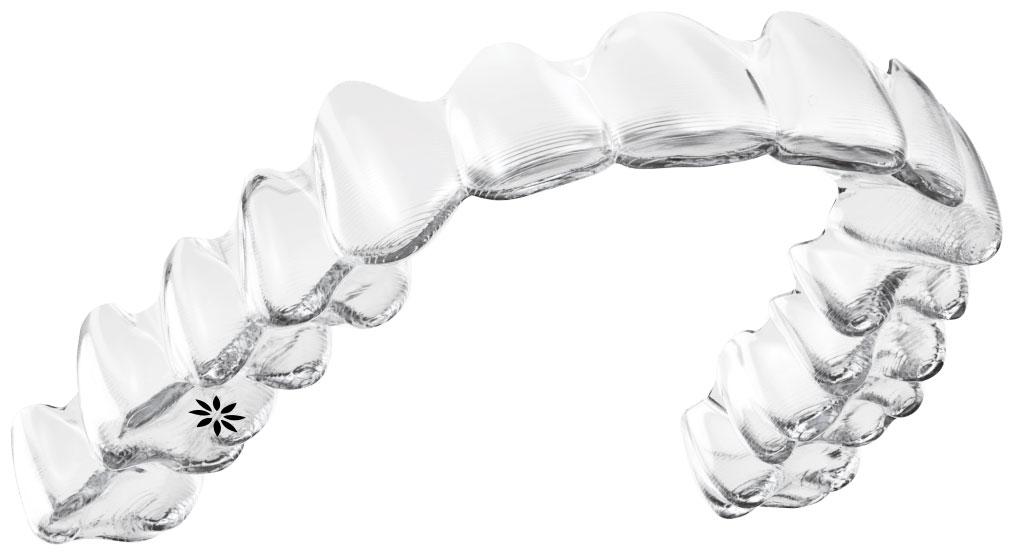
From a distance, the aligners are almost invisible when speaking and laughing, but can be detected by others at close range. The aligners are taken out while eating, drinking and brushing the teeth but they can otherwise be worn day and night. They should be worn 22 hours a day which demands a high level of discipline over a longer period of time! Treatment duration with Invisalign ranges from a few months to several years for very extensive treatments and averages about one year.
SmileView – Invisalign
SmileView makes it possible to simulate how your smile will look like after the treatment.
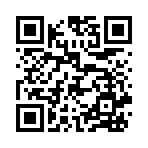
Table of Contents
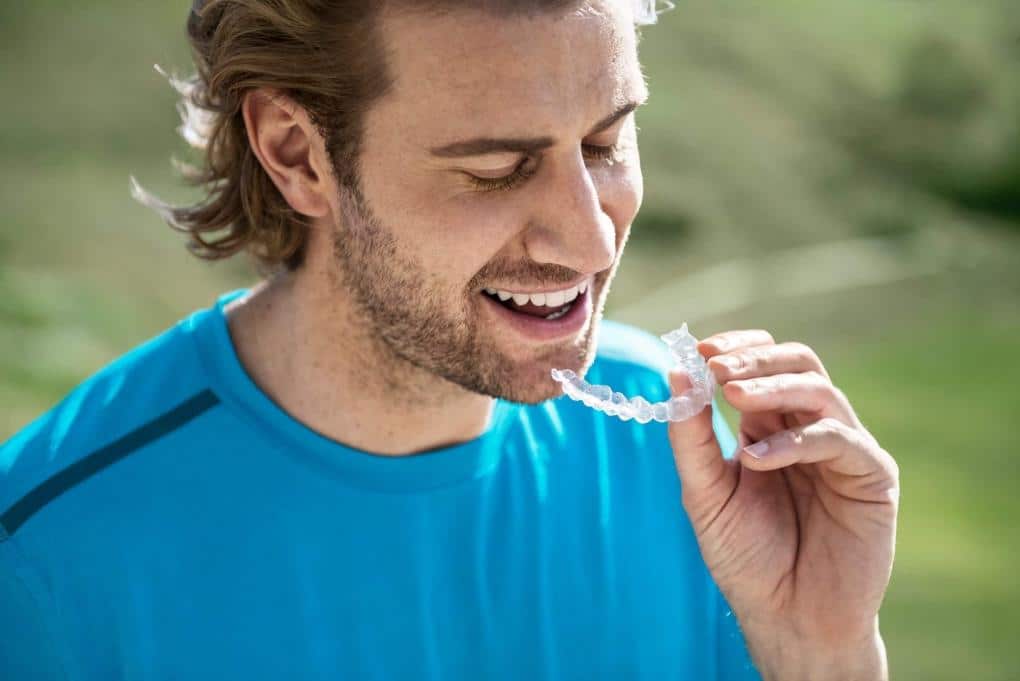
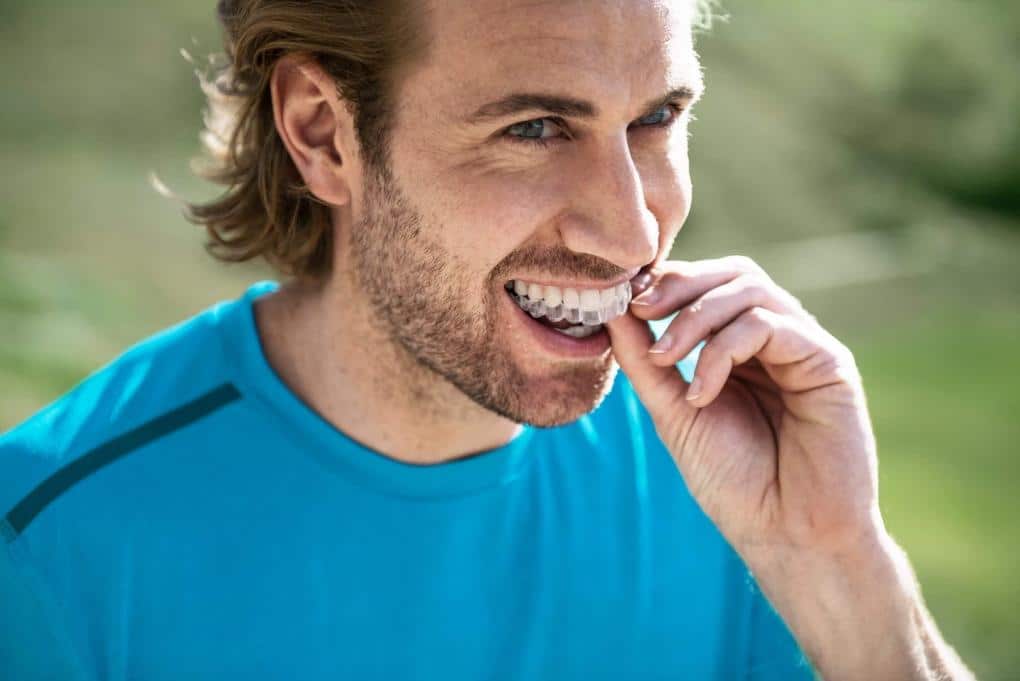
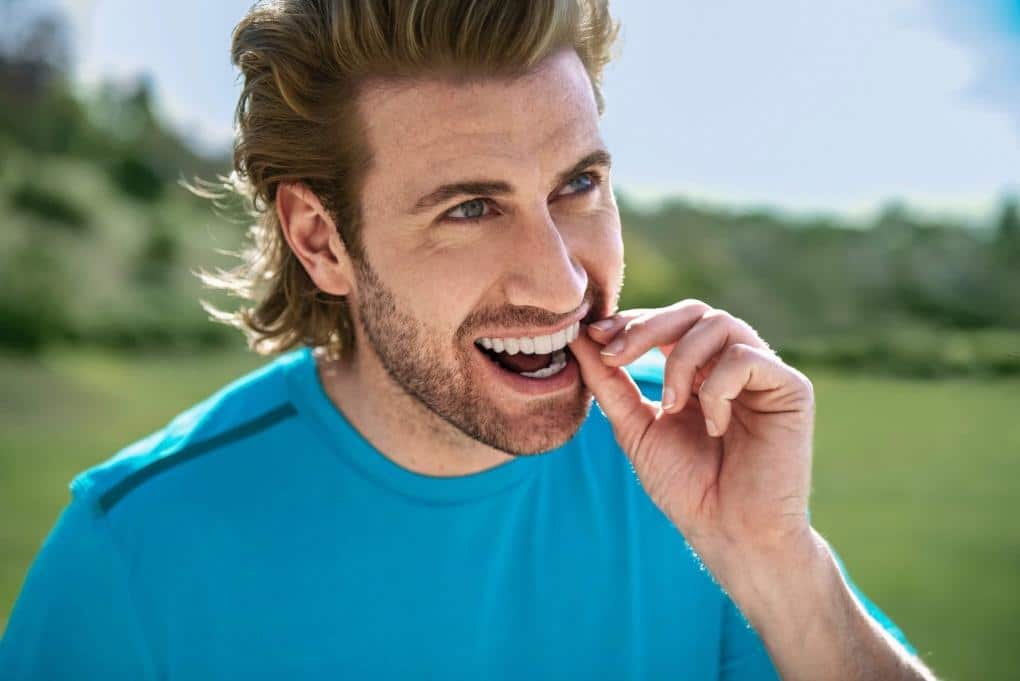
As an aligner can only produce tooth movement of fractions of a millimeter, a whole set of aligners is created using computer aided design. Each of these aligners has to be worn for one-two weeks and is then replaced by the next. Thus, the treatment goal is reached step by step. The intervals between appointments in our office in Mannheim are 4 weeks in the beginning and are later expanded up to 12 weeks. In this way, very few appointments are required for Invisalign treatments. The total duration of treatment, however, is in most cases longer than with fixed appliances.
Innovations from Invisalign
Invisalign was technically innovative right from the start and has always been. Soon after the launch, numerous plastic buttons stuck to the teeth – the attachments – were developed to enable difficult tooth movement. In recent years, the SmartForce attachments have been added, allowing for some control of root movement.
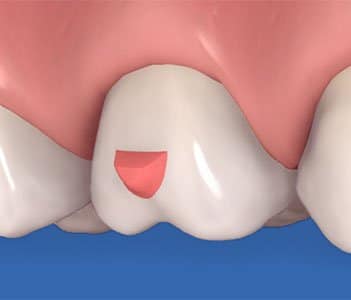
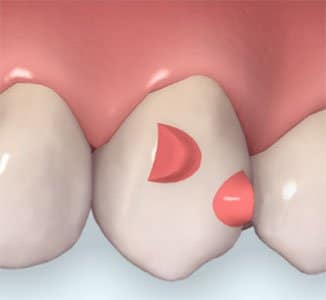
Other attachments have been developed for the treatment of deep bite. The original Invisalign material has been replaced by the Smart Track material, which is more elastic and allows a more controlled release of force.
The attachment of intermaxillary elastics for bite shifting is easily possible with Invisalign. For the bite correction in adolescents Invisalign has the option of attaching bite wings to move the lowwer jaw forward – but whether these will prove themselves in the rigours of everyday life remains to be seen.
Invisalign in Comparison to Other Aligner Products
Invisalign still has a big advantage over all other competitors. This system can be used to perform many complex tooth movements simply because of the ever-evolving attachments – the small, tooth-coloured buttons that are bonded to the teeth as needed. These include lengthening of teeth and root movement, which is not possible at all or only to a limited extent with most other aligner products.
Similarly, Invisalign is the only aligner product that offers bite ramps to correct deep bites and torquing rails to straighten the front teeth. Therefore, we would always prefer Invisalign for any treatment that requires root control, vertical movement or rotation of posterior teeth.
As orthodontists, we are always impressed by the potential of Invisalign, which far exceeds that of traditional removable appliances.
The iTero Intraoral Scanner from Invisalign
Align Technology also offers what is known as an intraoral scanner, which replaces the traditional impression taking process with impression material and tray with a scanning process. This allows the entire fabrication process at Invisalign to be largely digitalised, which is more convenient for patients.
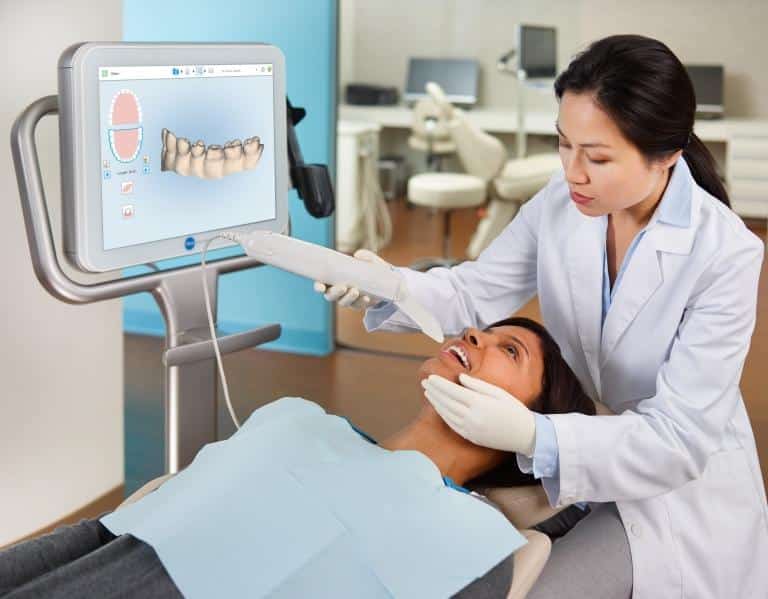
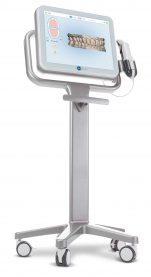
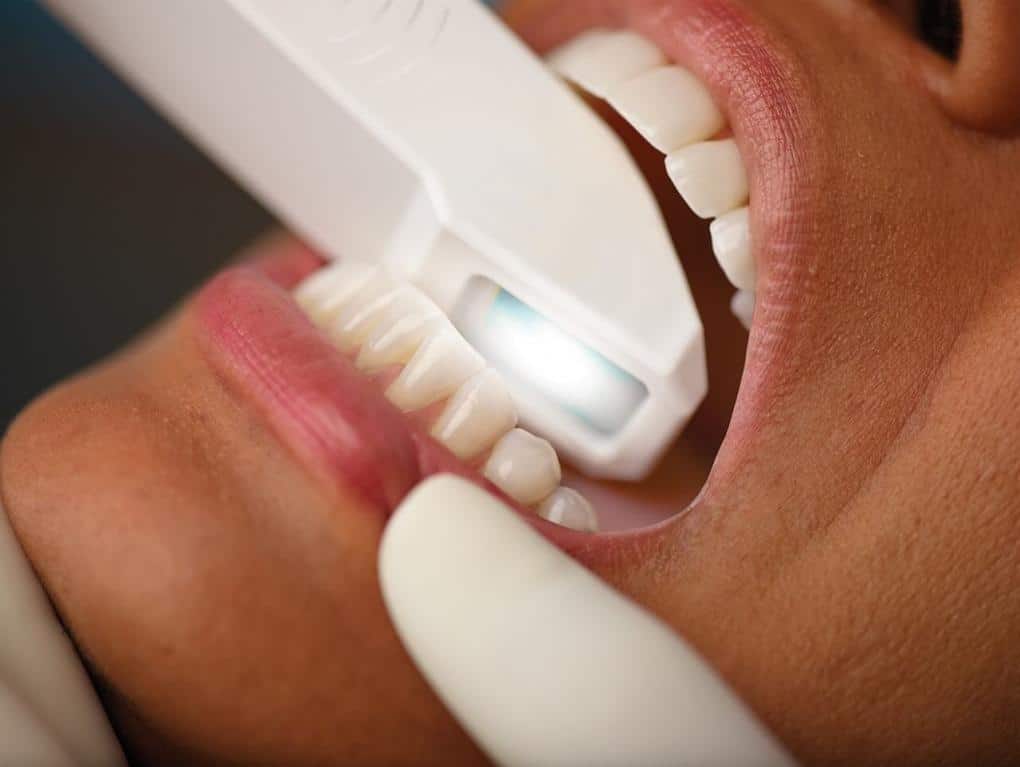
Invisalign’s iTero Scanner is particularly well suited for use in orthodontics. A complete scan to visualize both jaws will take at least 10 minutes. With a little experience you need less and less time for it. For the patients in our practice in Mannheim, the scan is an outstanding experience – lasting as long as a conventional impression taking, but much more comfortable!
The Invisalign Treatment Process
- 3D-scan or silicon impressions, photos, X-rays in our office in Mannheim
- Treatment planning
- 3D-scans are sent off to Align via the internet, silicon impressions are sent by mail.
- 3D-scans are processed directly whereas the impressions are scanned in by Align. Tooth correction is performed virtually and a 3D treatment simulation is sent to the orthodontist.
- The orthodontist receives the suggested course of treatment (ClinCheck) which is then discussed with the patient.
- If the ClinCheck course of treatment is accepted, the case is confirmed online.
- After about 2-4 weeks, the completed set of aligners is sent to the orthodontist.
- The patient has the first aligner fitted.
- Control appointments initially after 4 weeks, later up to 3 months apart – there is no orthodontic treatment with fewer appointments than Invisalign!
- Order additional aligners as needed (case refinement) without new production costs
- Finally, permanent stabilization of the anterior teeth with fixed retainers or removable Vivera retainers from Invisalign
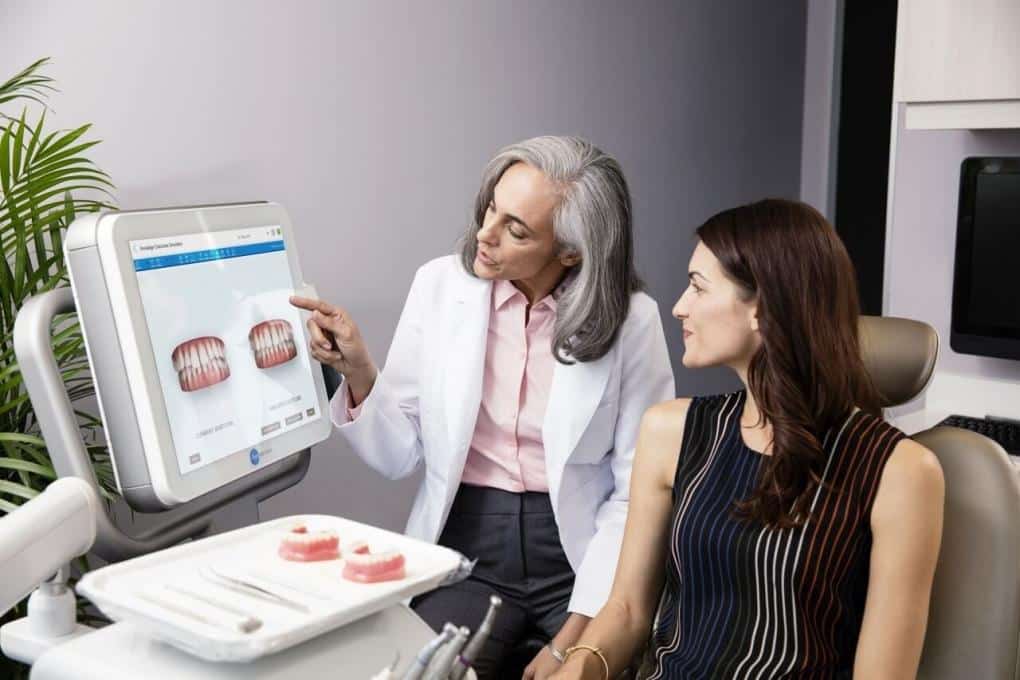
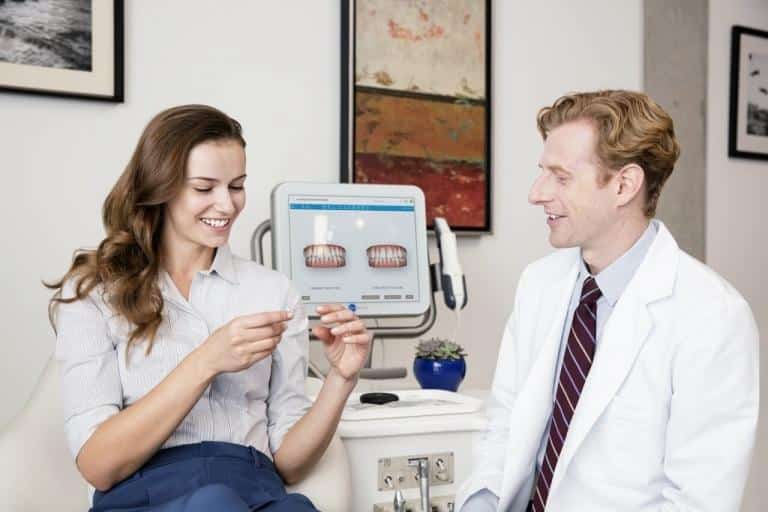
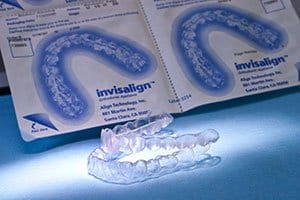
Copyright © Align Technology
Which Cases can be Performed with Invisalign?
Invisalign can do a great deal of orthodontic treatment. About three-quarters of our adult patients could be successfully treated with Invisalign, and maybe half of the adolescents. If the application of Invisalign is extended to very complex cases, a worse result or an extended treatment duration must be accepted – in the worst case both. For children, the procedure can only be used in a limited way, if there are still milk teeth, while Align Technology even offers a special Invisalign Teen system for adolescents. Among other things, Invisalign Teen has a built-in carry-on timepiece, so that the young patients are always reminded of sufficient wearing time, and Align also offers a generous regulation for lost aligners.
Is Invisalign Suitable for you?
Is Invisalign suitable for you? Just come to our practice in Mannheim, and we can tell you. Invisalign is almost always generating good results, at least big improvements. Even in borderline cases, Invisalign can achieve significant improvement. We assess this for you and give you fair help for your decision.

… and that’s what Invisalign Patients say
Gerd, automotive mechatronics engineer, Mannheim: “I got along well with the Invisalign aligners from the beginning. I have already seen improvements after a few weeks. Invisalign is awesome!”
Lucy, a doctor, Speyer: “I was surprised how easily I could integrate the Invisalign treatment into my life. Neither at home nor at work have there been any serious problems; many people around me did not even realize I was wearing Invisalign.”
Stefan, actor, Heidelberg: “I rehearse six hours every day. It’s crucial for me to be able to wear Invisalign during rehearsals – but there were no speech impairments. I’m completely excited about Invisalign!”
Viola, employee, Ludwigshafen: “Brackets would never have been suitable for me. Invisalign was a super solution for me. The whole treatment went like clockwork – and now I can enjoy laughing again!”
Vanessa, student, Mannheim: “I have had a treatment with brackets before, but then my teeth have gone wrong again. I would not have wanted any more brackets, so I was super happy when my orthodontist offered Invisalign to me!”
Hakan, chemical worker, Ludwigshafen: “It was no problem at all for me to wear the Invisalign aligners all day long, even at work. And you could clearly see the progress after just a few months!”
Limits of Invisalign
The main limitation of Invisalign treatment is in cases where pronounced tooth root control is important. This is the case with very steep front teeth, heavily tilted posterior teeth or even with difficult gaps for dentures. Likewise, Invisalign can reach its limits in the movement of lateral incisors, in more than 45 ° rotated teeth and in some other pronounced findings. It is a matter of experience to know the possibilities and limitations of Invisalign and an act of fairness to communicate this to the patient – as an Invisalign user of the first hour, we can draw on the full range in our practice in Mannheim. In this way, we enable our patients to make an informed decision pro or contra Invisalign.

Cost of Invisalign Treatment
Invisalign treatments are calculated in our practice in Mannheim approximately as usual treatments with fixed appliances. The costs are between 2000 € for small straightening in a dental arch to about 6500 € for a comprehensive treatment of both dental arches. However, Invisalign treatments cannot be billed as part of the statutory health insurance, but are purely private services. Unfortunately, private health insurance companies occasionally have problems reimbursing Invisalign. However, patients with a benefit claim get Invisalign treatments mostly approved with some persistence. In our practice in Mannheim we will do our utmost to help you get a full refund for your Invisalign treatment.
The fascinating Invisalign system: moving teeth with thin plastic aligners.
Links to more information about Invisalign and aligner therapy:
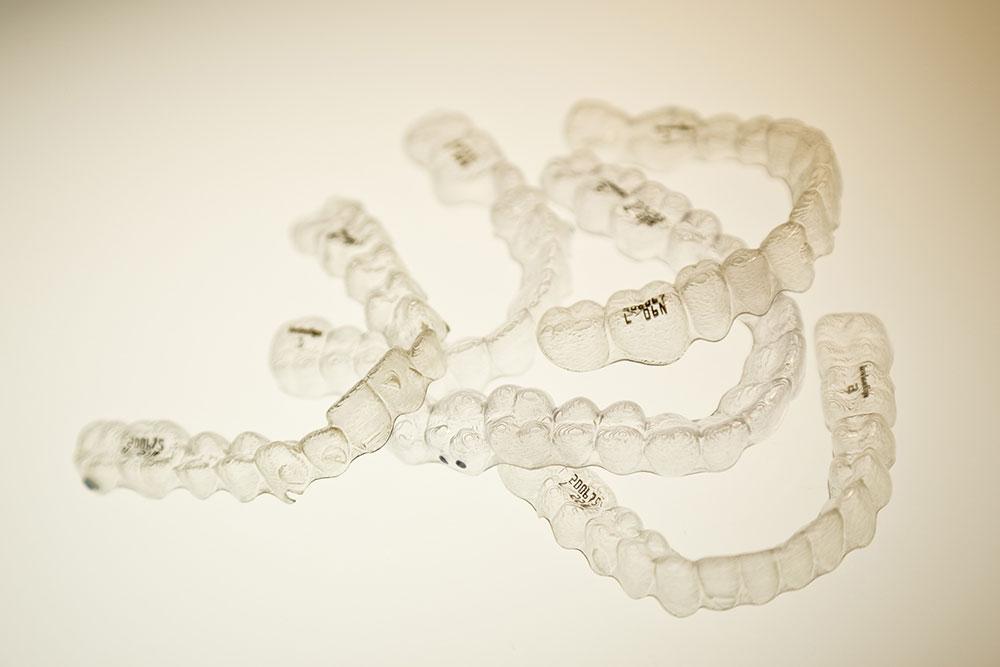
Watch out: Cheap aligners do not offer the same!
The success of the Invisalign system has lead to 50 imitation products on the market. It is even possible to produce aligners by yourself in your own laboratory. The most active are practice chains like DrSmile, which seem to undercut Invisalign treatments by up to 50 % in price. But beware: you certainly don’t get the same service for that – there is no free lunch, as they say in the business world!
First of all, these aligner companies do not employ orthodontists, but only dentists with limited orthodontic knowledge. Treatment planning takes place in a distant central office, and the treatment is then carried out by doctors who can hardly oversee their own actions themselves.
Who is actually responsible to the patient in this constellation? The remote center or the dentist performing the treatment in the aligner store? Unfortunately, no one can answer this question exactly…
But even technically, cheap aligners lag far behind Invisalign: as a rule, no attachments are used – if only to save working time, because the low price has to come from somewhere.
Unfortunately, many tooth movements are not possible without attachments and the quality of the results is therefore limited. Similarly, cheap aligners usually have neither bite blocks nor torquing rails. Patients of the cheap aligner companies therefore have to accept a poorer result, as do often second-rate fixed retainers – these are thin wires that are bonded to the inner sides of the anterior teeth after treatment.
In most cases, however, fixed retainers are not offered at all, but patients are only provided with removable retainers. Again, the reason is clear: working time is saved, but at the expense of patients, who are usually more comfortable and reliable with fixed retainers.
Our advice to patients: Don’t be lured in by seemingly cheap offers – after all, you would only take expensive shoes to a real cobbler for repair, not to some ramshackle store. You should do the same with your teeth!
My Invisalign Smile App
The My Invisalign Smile App is provided free of charge to Invisalign users by the Align Company. My Invisalign Smile provides treatment-tailored information and reminders for aligner changes or the next follow-up appointment with the orthodontist.
In addition to providing motivation and support for Invisalign users, the practical App also provides answers to many questions about Invisalign treatment. My Invisalign Smile can also be used to track and document the progress of treatment.
For example, you can take continuous dental photos with your cell phone camera and use them to create time-lapse videos that can be posted on social networks or shared with family and friends.
